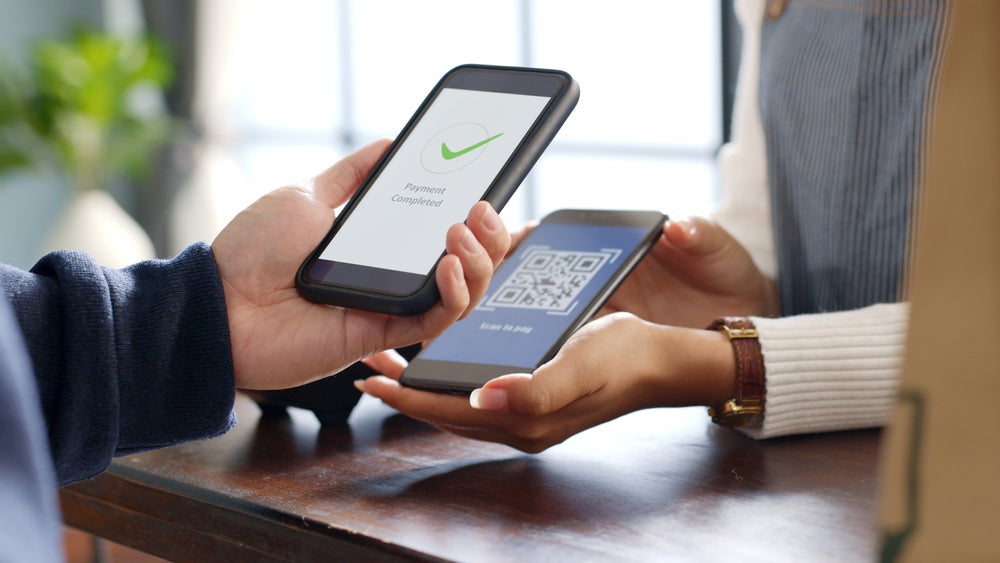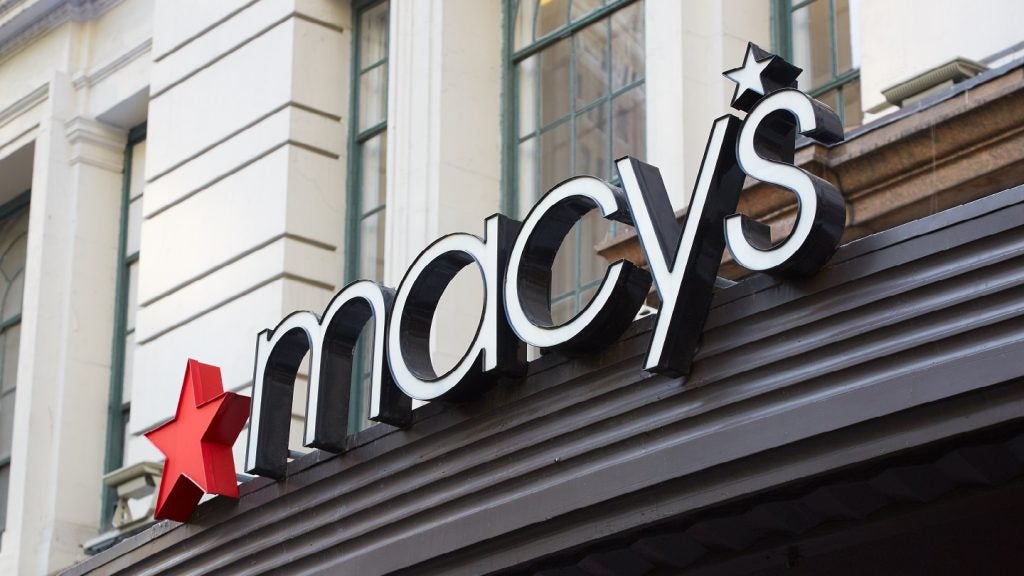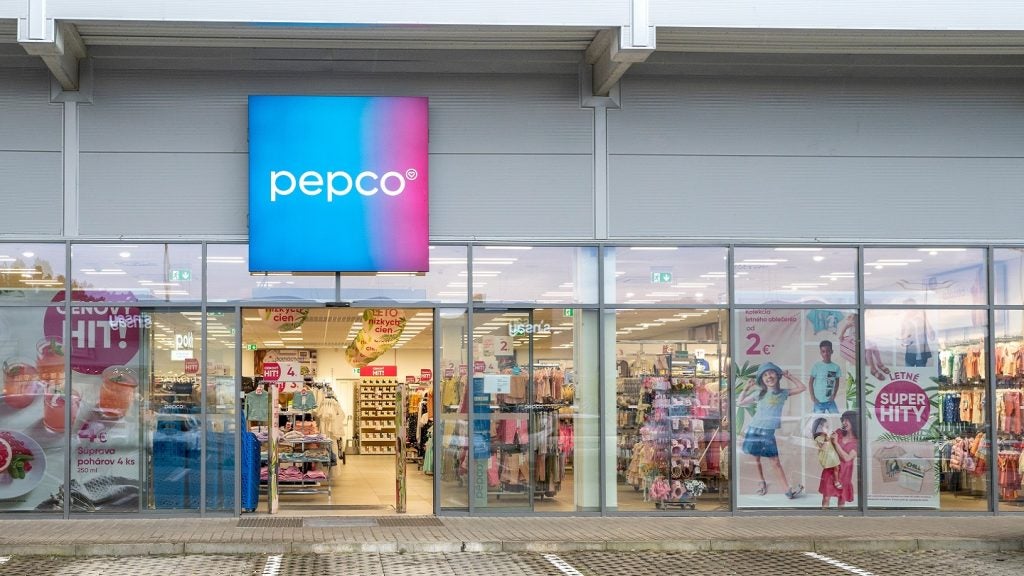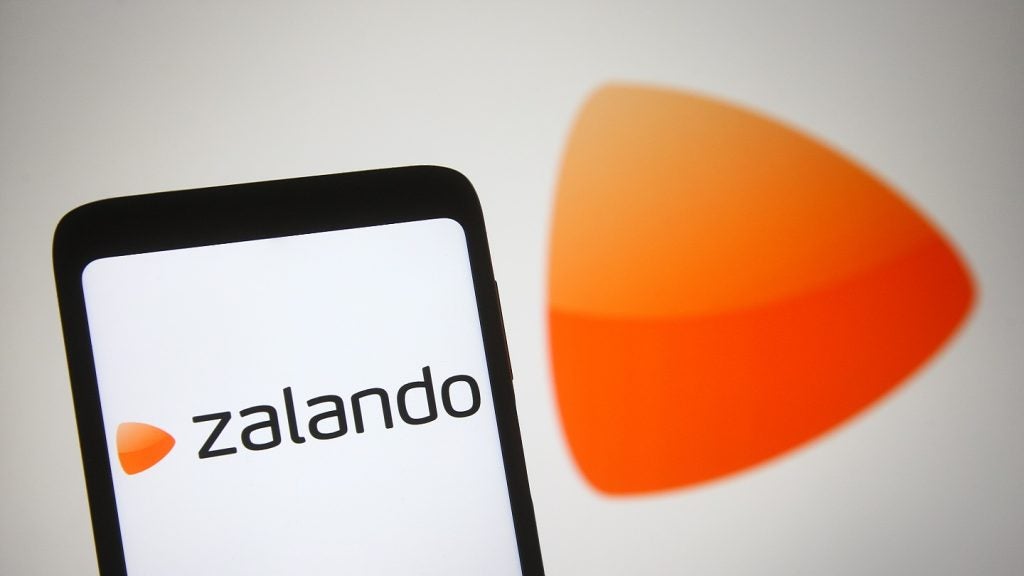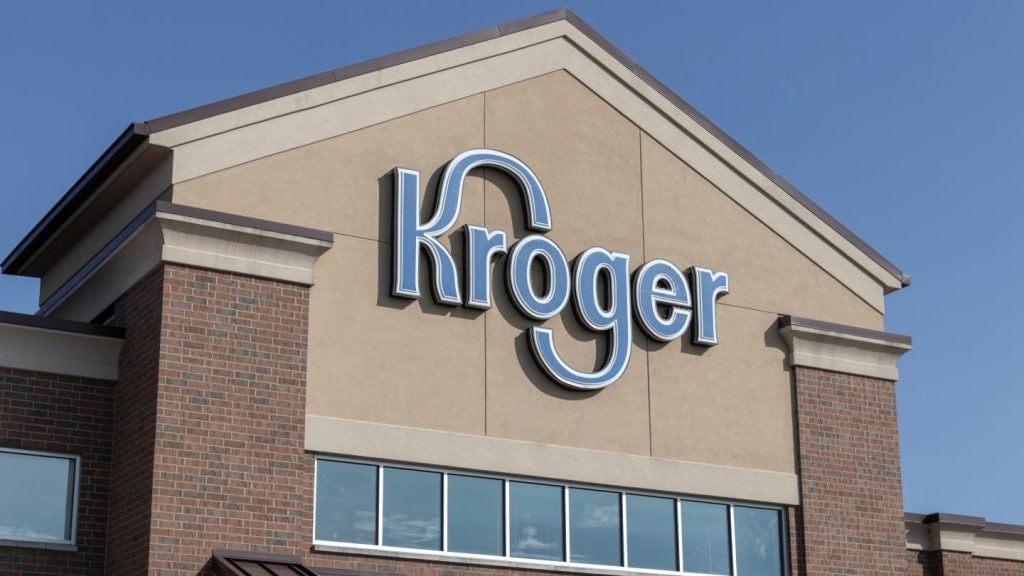In an era where artificial intelligence can predict your next purchase and virtual try-ons have become commonplace, the retail landscape in 2025 promises an ever-evolving challenge to keep up with the preferences of today’s shoppers. As traditional boundaries between physical and digital commerce continue to blur, retailers face a critical inflection point: embrace emerging technologies that reshape customer expectations or risk becoming tomorrow's cautionary tale. The stakes have never been higher, with consumers demanding experiences that aren't just personalized, but predictive, sustainable, and inclusive across all touchpoints.
An IBM survey revealed that while 55% of customers lean towards online (28%) or hybrid (27%) shopping, 45% still prefer traditional in-store experiences. The ability to move effortlessly between digital and physical shopping channels has become a critical differentiator in a competitive marketplace.
For retailers, this isn't just another wave of digital transformation – it's a fundamental reimagining of how technology can forge deeper connections with consumers. Success in 2025 will hinge on creating experiences that seamlessly blend digital innovation with human touch, while addressing growing demands for sustainability and social responsibility. Here are four key technology trends reshaping retail's future.
1. Offer payment choice at checkout
The days of one-size-fits-all payment solutions are behind us. In 2025, payment choice is not just a convenience – it's an expectation across sales channels. Having limited payment options can lead to cart abandonment, poor customer experience and reduced revenue.
For retailers with an e-commerce presence, more and more consumers are choosing alternative payments like digital wallets and BNPL. According to EY, 73% of merchants agree that failing to accept alternative payment methods could impact sales, leaving us optimistic that consumer needs are being heard. Consider this: payment choice is so crucial that 2 out of 3 Americans decided to make an online purchase at a specific merchant because that merchant accepted their preferred mobile wallet.
But while digital payments have surged, retailers must also recognize that millions of Americans still rely on cash – some by limitation, but many also by choice. With 50 million annual transactions through our kiosks, we see firsthand how critical cash services are, and that many people are being left out of the economy. In fact, more than 90% of consumers intend to use cash as either a means of payment or store of value in the future.
Innovative and inclusive retailers must implement point-of-sale systems that accommodate multiple payment types that make every customer feel valued. They must also stay on top of payment technology announcements as incoming money management tools and checkout solutions make waves in the industry, like Fastlane, CINQ by Coinstar or Marqeta Flex which were announced this year.
2. Leverage AI for hyper-personalization
Hyper-personalization powered by AI is creating unprecedented levels of customer engagement and satisfaction. It’s why 71% of customers say they expect companies to deliver personalized interactions, and 76% of them are frustrated when brands fail to do so. From intelligent gift recommendations to virtual try-on experiences, AI is breaking down the barriers between digital browsing and physical shopping.
We already see online retailers who understand a customer's style, size and preferences so precisely that it can recommend the perfect gift or allow them to virtually try on clothing or eyeglasses with photorealistic accuracy. These technologies are not just enhancing convenience. They’re rebuilding the entire customer interaction model, making every shopping experience feel uniquely tailored.
3. Make shopping convenient and efficient
Consumers are seeking more than just products from their retailers. They want a seamless, one-stop shopping experience with their favorite brands. The industry is responding by transitioning from a single-service retailer to a multi-service destination.
Adding gift card stands is one way to help meet shoppers’ gift giving needs, which Bank of America expects to be popular for consumers of all ages this year. Spare change can also be easily and conveniently transformed to make cash go further. Instead of tossing change back in a pocket, a shopper might round up their purchase to support a local environmental initiative or convert spare change into a gift card for future use – all with a few simple taps. For example, Coinstar kiosks can turn coin into a no-fee e-gift card, a charitable donation or even a cryptocurrency purchase. The iconic green machines also let customers transfer their coins and cash directly to their bank accounts with the swipe of a card.
In-store efficiency will also matter, especially for shoppers who primarily shop online and might be reluctant to shop at a busy mall during the holidays. According GWI’s consumer survey, 70% of American online shoppers cite product availability and store tidiness as important when shopping in-store.
As retailers continue to compete for customer loyalty and traffic, now is the time to think through what partnerships and store policies could make the customer experience even better.
4. Incorporate sustainability into your business model
Sustainability is becoming a core operational requirement. Consumers, especially younger generations, are demanding transparency and genuine commitment to environmental responsibility. Even with cost-of-living pressures, a PwC Voice of the Consumer survey shared more than 80% of consumers are willing to pay more for sustainable produced or sourced goods. Retailers are responding to this consumer interest by integrating sustainability directly into their business models.
Innovative approaches like real-time carbon footprint tracking for products, eco-friendly packaging and climate-responsive pricing can help companies gain market share over those that do not. Coin recycling programs also help keep coins in circulation, reducing the need to mint more coins. According to a biennial United States Mint report, the cost to manufacture pennies and nickels is above face value, signaling the rarity of our nation’s precious metals. Reworld, a sustainable waste processing company, has also estimated that $68 million worth of change in the U.S. is thrown away and put into landfills each year. By offering coin recycling, retailers can contribute to an efficient and cost-effective way to provide change to the marketplace.
Embracing technology in 2025 and beyond
As we look toward the new year, the most successful retailers will be those who view technology not as a tool, but as a strategic partner in creating meaningful customer experiences. By embracing payment choice, value-added services, AI-driven personalization, and sustainable practices, we can build a retail ecosystem that is more responsive, inclusive and forward-thinking.
The future of retail is not about selling products and services – it’s about creating connections, solving problems and delivering value in ways we're only beginning to imagine.
About the Author: Kevin McColly, CEO of Coinstar, is a former CFO and finance leader with a career spanning Deutsche Bank, Outerwall, and various leadership roles, alongside his passion for cycling and community service.




